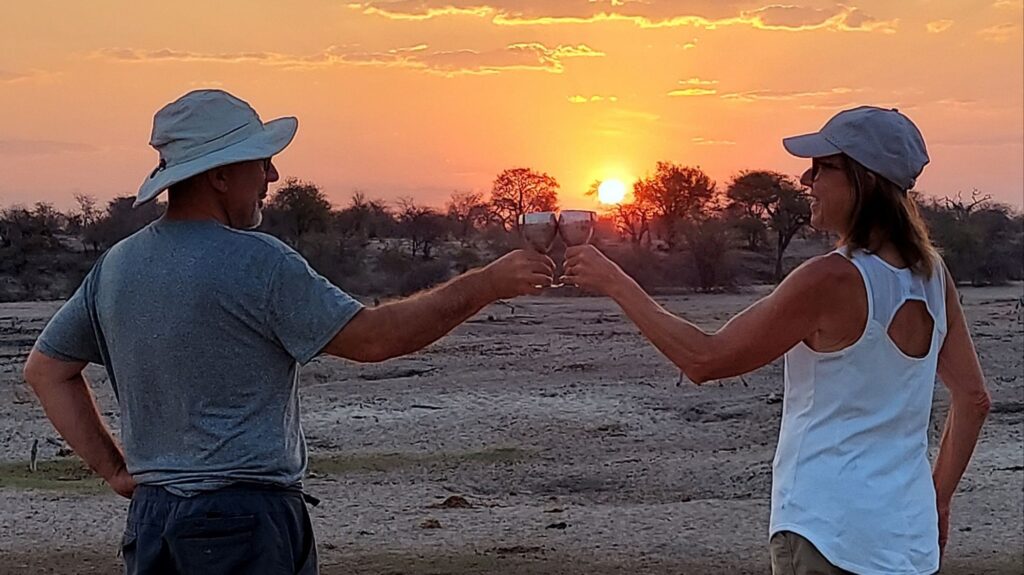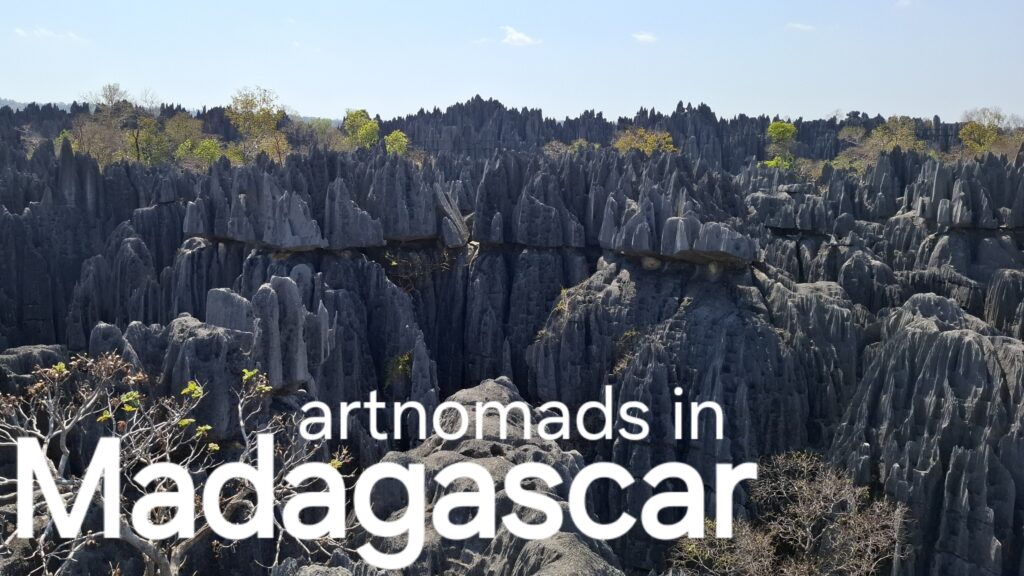We spent 6 weeks in Madagascar in 2024. Here, we discuss the dream vs. reality/ies of traveling to this intriguing country.
Month: November 2024

Art Nomads’ itinerary: WHERE we are and where we’ve been, in more or less real time.
Updated Feb. 14, 2025. ~We’ve pinned and will continually edit this page to keep you up to date on Art Nomads’ itinerary: WHERE we are and where we’ve been, in more or less real time.
